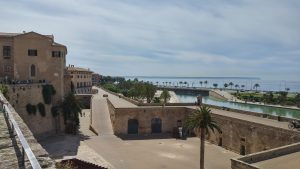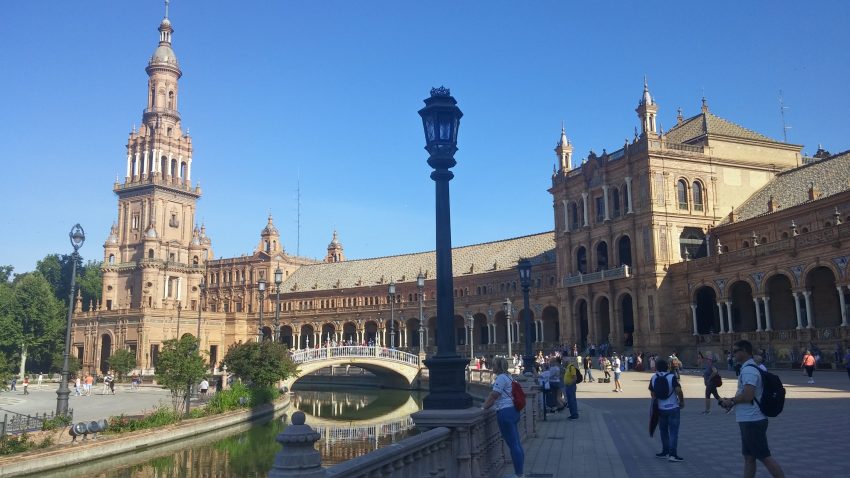Many travel bloggers write about the unusual or obscure. They relish in finding and sharing the lesser known and least travelled destinations. They write articles that are interesting, edgy, and for the most part aimed at the younger traveller. I can’t stay up late enough to enjoy the newest hottest night spot and the thought of a trek through the jungle gives me hives.
At our age the road less travelled is harder to traverse with bad knees. We should not be made to feel less adventuresome because we are content to visit the icons, those well-known sites around Europe that have been a part of our lives for years. Yes they are crowded, expensive, and depending on your level of anticipation can be somewhat of a letdown. Stonehenge is smaller than expected and you cannot view it from up close. Also smaller than expected is the Mona Lisa, the world famous painting by Leonardo Da Vinci. Hours in line to get into the Louvre, fighting the crowds through each gallery only to view from afar a painting that measures a mere 21” by 30”.
 There is a reason why these sites are so popular though. Part of it is the bucket list thing. To be able to say you rode to the top of the Eiffel Tower or stood where ancient Greeks discussed philosophy in the Acropolis is an important part of travel for anyone. The awe we felt the first time we entered the Coliseum in Rome, appreciating Michelangelo’s Sistine Chapel, or his beautifully rendered carving of David in Florence, creeping around the Tower of London or admiring the ancient Winged Victory at the Louvre in Paris; these are all moments in time I would not want to forget. Most importantly I would recommend them to anyone travelling to Europe.
There is a reason why these sites are so popular though. Part of it is the bucket list thing. To be able to say you rode to the top of the Eiffel Tower or stood where ancient Greeks discussed philosophy in the Acropolis is an important part of travel for anyone. The awe we felt the first time we entered the Coliseum in Rome, appreciating Michelangelo’s Sistine Chapel, or his beautifully rendered carving of David in Florence, creeping around the Tower of London or admiring the ancient Winged Victory at the Louvre in Paris; these are all moments in time I would not want to forget. Most importantly I would recommend them to anyone travelling to Europe.
But to move beyond the bucket list and to ensure these sites are more meaningful you should know the history behind each of these iconic landmarks. When? Who? Why? How? Any and all of it puts travel into perspective.
That is not to say there is anything wrong with enjoying a wine tour in Tuscany, time on the beach in Mykonos, or the nightlife in Barcelona. That too is part of travel, an important part that brings you much closer to the culture today, and is a nice diversion from the crowds and expense of the popular sites.
Some will argue that one of the benefits of pushing the pause button on travel the world over has been an  opportunity for some of the more crowded sites to get a rest, and for those who choose to travel again to take advantage of the lesser crowded destinations that are safer to travel to in these uncertain times.
opportunity for some of the more crowded sites to get a rest, and for those who choose to travel again to take advantage of the lesser crowded destinations that are safer to travel to in these uncertain times.
An honest traveler takes the time to look beyond the icon to the people and events that shaped its presence. I will continue to visit the major sites when I travel again, but I will do so with an understanding of how these sites have been ill-treated in the past and the impact that has had on them moving into the future. More importantly I will do so with the understanding of the significance they have played in the history of Europe.
